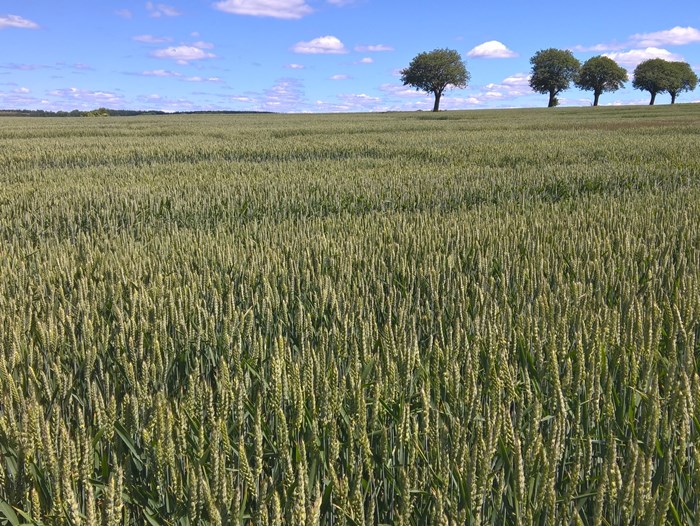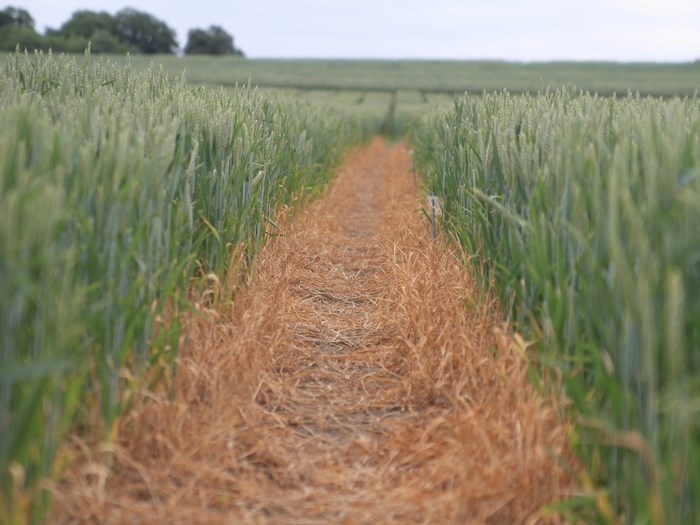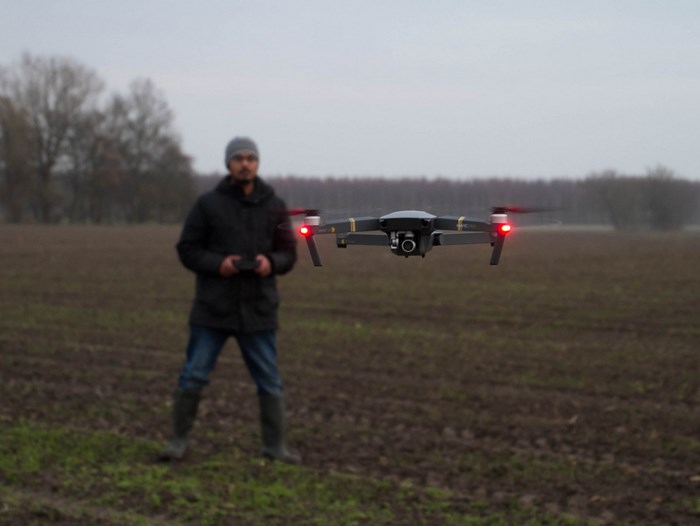The project in brief
With the changing climate, it is important to develop new cultivars that are adapted to the target population of environments. The process of cultivar development can be accelerated by using advanced tools for selection of newly bred-germplasm. One of these tools is phenotyping in which the germplasm is evaluated by measuring their growth using different types of sensors. By phenotyping plants, we can study how plants grow under different environments thereby allowing us to identify the germplasm most suitable for that environment.
In this project, we will develop innovative and robust automated plant phenotyping methods for evaluation of economically important agronomic traits of crops important to Sweden's agriculture. These phenotyping methods involve techniques using either imaging or light reflectance sensors and artificial intelligence to study important agronomic traits in the field, greenhouse and lab. The new phenotyping methods will allow evaluation of a large number of testing breeding lines in less time and reduce breeding costs.
The automated phenotyping methods will be developed with wheat and sugar beet as a model but can later be applied to other important crops for Sweden such as, inter alia, potato, faba bean, forages or rapeseed, thus benefiting the entire Swedish plant breeding sector. The innovative phenotyping methods developed in this project will improve SLU's profile in the field of phenomics by using these methods in research and education. The Swedish stakeholders will get access to new advanced breeding methods helping them improve efficiency. This project is in close collaboration with Lantmännen Lantbruk and MariboHilleshög who will contribute with their expertise in plant breeding and access to the advanced analytical equipment available with them.
Artikel i tidskriften Frontiers in Plant Science, oktober 2022, Leiva, F., Zakieh, M., Alamrani, M., Dhakal, R., Henriksson, T., & Singh, P. K. (2022). Phenotyping Fusarium head blight through seed morphology characteristics using RGB imaging, (October), 1–13.
Article in Plants Methods, Phenotyping project Koc, A., Odilbekov, F., Alamrani, M., Henriksson, T., & Chawade, A. (2022). Predicting yellow rust in wheat breeding trials by proximal phenotyping and machine learning. Plant Methods, 1–11.
Article in Plants, Open Access Journal, 31 augusti 2021. Leiva, F., Vallenback, P., Ekblad, T., Johansson, E., & Chawade, A. (2021). Phenocave : An Automated , Standalone , and Affordable Phenotyping System for Controlled Growth Conditions
Article in Agronomy, Open Access Journal, 29 of November 2020. Differential Gene Expression Analysis of Wheat Breeding Lines Reveal Molecular Insights in Yellow Rust Resistance under Field Conditions
by Sandeep Kumar Kushwaha,Ramesh R. Vetukuri, Firuz Odilbekov, Nidhi Pareek, Tina Henriksson and Aakash Chawade.
Article i Agronomy Open Access Journal, 19 of June 2020.
Kumar, D., Kushwaha, S., Delvento, C., Liatukas, Ž., Vivekanand, V., Svensson, J. Henriksson, T., Chawade, A. (2020).
Affordable Phenotyping of Winter Wheat under Field and Controlled Conditions for Drought Tolerance. Agronomy, 10(6), 882.
Article in Agronomy Open Access Journals, 9 2019, "High-Throughput Field-Phenotyping Tools for Plant Breeding and Precision Agriculture"
Article in Frontiers Open Access, 26 of November 2019: "GWAS-Assisted Genomic Prediction to Predict Resistance to Septoria Tritici Blotch in Nordic Winter Wheat at Seedling Stage"


